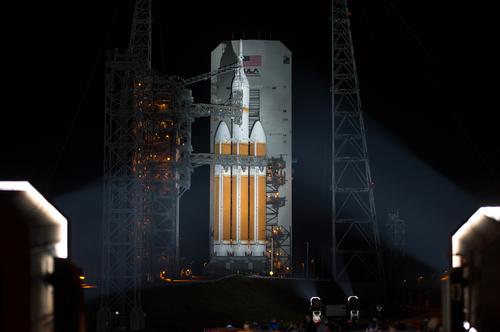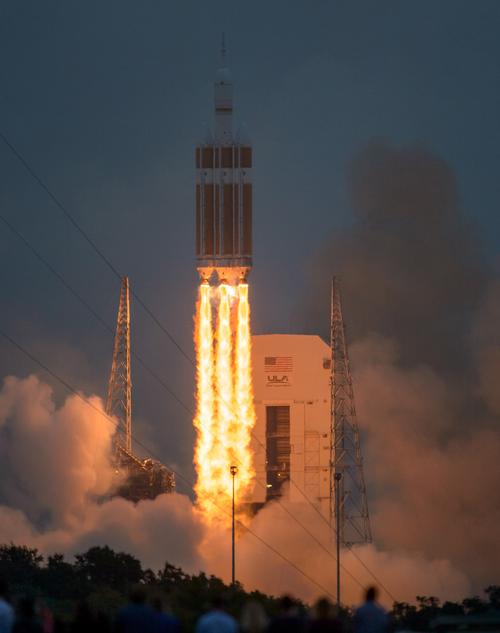July 24, 2015

NASA’s Mars mission may still be 20 years away, but its engineers are hard at work on the development of the so-called “glass cockpit” that will help astronauts control the Orion spacecraft during its journeys through deep space.
Recently (thanks to NASA’s Rachel Kraft and Steve Taranovich of sister publication EDN), Design News had the opportunity to get a close-up look at the design team’s effort in the Orion Cockpit Rapid Prototyping Lab (RPL). Working with a multi-disciplinary team of astronauts and human factors experts, lab engineers have created cockpit hardware and software for future missions to the Moon, asteroids, and Mars.
MORE FROM DESIGN NEWS: NASA’s Asteroid Redirect Mission: Innovative or a Waste of Time?
”We’ve had about 50 astronauts in here,” noted Lee Morin, astronaut and lead crew interface for the RPL at the Johnson Space Center. “Human factors people assign them to do different tasks, and then we get their feedback.”
The idea, Morin says, is to build a cockpit that’s lighter, simpler, and nearly devoid of the discrete, point-to-point wiring that has characterized the flight controls of many past missions. “The concept is to have a glass cockpit – that means all the instruments and images are on a computer screen,” Morin said. “So rather than flipping a physical switch, the crew brings up a virtual switch, an icon of a switch or valve.”
Following are a few of the photos taken by EDN’s Loretta Taranovich and Design News during our recent visit. To see NASA’s progress on Orion and its glass cockpit, click on the images below.

Senior technical editor Chuck Murray has been writing about technology for 31 years. He joined Design News in 1987, and has covered electronics, automation, fluid power, and autos.
About the Author(s)
You May Also Like



